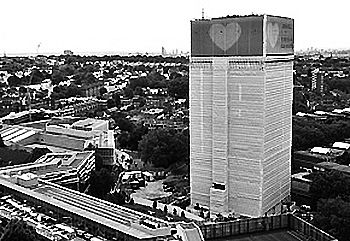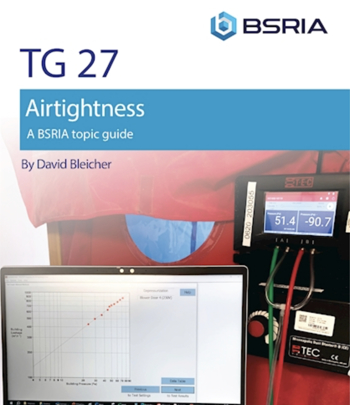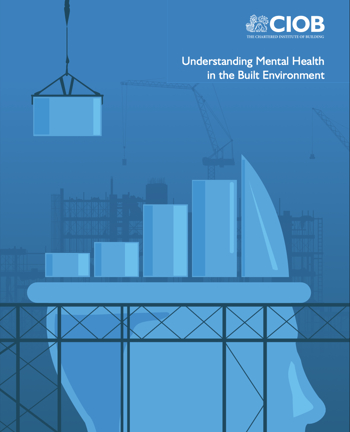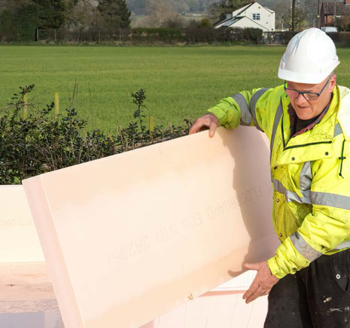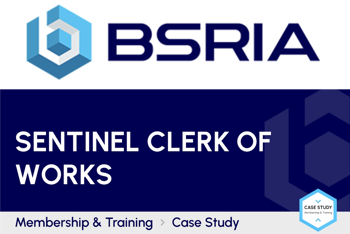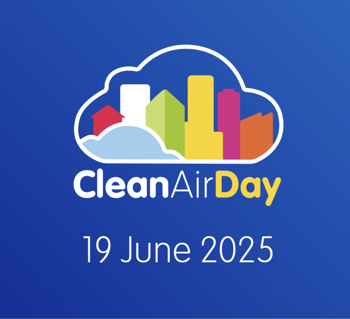Digital plan of work competition
For more information about the BIM toolkit - see BIM toolkit.
The idea for creating a digital plan of work (DPow) originated with the BIM Task Group, a group supported by the Department for Business Innovation & Skills (BIS) and the Construction Industry Council (CIC) to bring together expertise from industry, government, institutes and academia to strengthen the public sector’s capability at building information modelling (BIM). The digital plan of work is intended to support the government objective to require Level 2 BIM on all centrally-procured public projects as a minimum by 2016.
In February 2014, the Technology Strategy Board (TSB) published a brief for a two-stage Small Business Research Initiative (SBRI) competition for ‘A digital tool for building information modelling’. The competition was for ‘…up to £1.5m to support the development of a free-to-use digital tool that can exploit the standards being made publicly available for building information modelling (BIM).’
In September 2014, the contract was awarded to a team led by NBS, a subsidiary of RIBA Enterprises Ltd, responsible for the National Building Specification. The team also included; BIM Academy, BDP, Laing O’Rourke, Microsoft and Newcastle University.
NBS described their proposal as a ‘BIM toolkit’, including ‘…a digital plan of work and a classification system which incorporates definitions for over 5,000 construction objects at each of the delivery stages throughout the life of a built environment asset.’ The classification system involves completion of Uniclass 2, a voluntary classification system for the construction industry that can be used for organising information in the design and construction process.
The toolkit is intended to ‘…capture, validate and store information based on the level 2 BIM standards’, defining and testing the BIM data required at each stage of development of building and infrastructure projects. It provides guidance on the level of development (level of detail and level of information ) for different stages of projects, a classification system for information and a project-specific digital plan of work.
A series of working prototypes were then created that include a cloud computing capability and a verification tool. These use the xBIM toolkit to import and export the digital plan of work in either IFC or COBie format and to verify that the information that is required has been provided by those allocated responsibility for it.
Definitions:
- xBIM (eXtensible Building Information Modelling) is an open-source software development tool that allows developers to read, create and view BIM in the IFC format.
- IFC is a neutral, non-proprietary data format used for sharing and exchanging construction and facility management data across different software applications.
- Construction Operations Building Information Exchange (COBie) is a non-proprietary, multi-page, spreadsheet data format for the publication of a subset of building information models focused on delivering asset data rather that geometric information.
Richard Waterhouse, Chief Executive, RIBA Enterprises said, “It is essential that we gain cross-industry support and input on this project if it is to be a success. We already have the backing of key organisations such as CIBSE, CIOB, ICE, IStructE, RIBA and RICS and we will be extending and widening this dialogue over the coming months.”
David Philp, Head of BIM, UK BIM Task Group said, “The completion of the Digital Plan of Works (DPow) and Classification System will not only complete the level 2 BIM suite but help drive the take-up of BIM, support exploitation of the standards and ensure that the UK remains at the vanguard of a digital transformation in the built environment.”
The project started in October 2014, and the nbs BIM toolkit public beta went live on 8 April 2015.
For more information see BIM toolkit.
[edit] Find out more
[edit] Related articles on Designing Buildings Wiki
- BIM articles.
- BIM resources.
- BIM Task Group.
- BIM toolkit.
- Building information modelling.
- COBie.
- Construction Industry Council.
- Industry Foundation Classes.
- Level of detail.
- Nbs.
- RIBA.
- Technology Strategy Board.
- Uniclass 2.
[edit] External references
- Innovate UK, RIBA Enterprises to develop a free-to-use digital toolkit for BIM.
- nbs, BIM Digital Toolkit.
- BIM+, The NBS Digital Toolkit: defining responsibilities at Level 2 BIM. December 2014.
Featured articles and news
UK Infrastructure: A 10 Year Strategy. In brief with reactions
With the National Infrastructure and Service Transformation Authority (NISTA).
Ebenezer Howard: inventor of the garden city. Book review.
The Grenfell Tower fire, eight years on
A time to pause and reflect as Dubai tower block fire reported just before anniversary.
Airtightness Topic Guide BSRIA TG 27/2025
Explaining the basics of airtightness, what it is, why it's important, when it's required and how it's carried out.
Construction contract awards hit lowest point of 2025
Plummeting for second consecutive month, intensifying concerns for housing and infrastructure goals.
Understanding Mental Health in the Built Environment 2025
Examining the state of mental health in construction, shedding light on levels of stress, anxiety and depression.
The benefits of engaging with insulation manufacturers
When considering ground floor constructions.
Lighting Industry endorses Blueprint for Electrification
The Lighting Industry Association fully supports the ECA Blueprint as a timely, urgent call to action.
BSRIA Sentinel Clerk of Works Training Case Study
Strengthening expertise to enhance service delivery with integrated cutting-edge industry knowledge.
Impact report from the Supply Chain Sustainability School
Free sustainability skills, training and support delivered to thousands of UK companies to help cut carbon.
The Building Safety Forum at the Installershow 2025
With speakers confirmed for 24 June as part of Building Safety Week.
The UK’s largest air pollution campaign.
Future Homes Standard, now includes solar, but what else?
Will the new standard, due to in the Autumn, go far enough in terms of performance ?
BSRIA Briefing: Cleaner Air, Better tomorrow
A look back at issues relating to inside and outside air quality, discussed during the BSRIA briefing in 2023.
Restoring Abbotsford's hothouse
Bringing the writer Walter Scott's garden to life.
Reflections on the spending review with CIAT.
Retired firefighter cycles world to raise Grenfell funds
Leaving on 14 June 2025 Stephen will raise money for youth and schools through the Grenfell Foundation.
Key points for construction at a glance with industry reactions.








